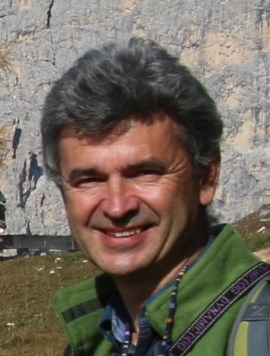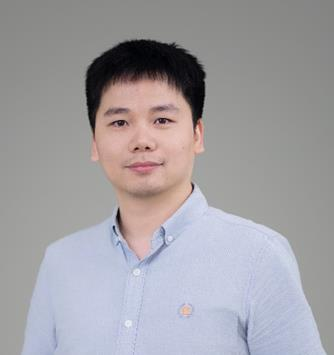Published: Feb 10, 2023 by ISG Board
DEMIX: Digital Elevation Model Intercomparison eXercise
Dr.Peter A. Strobl
European Commission Joint Research Center, Italy

April 5th , 2023
7:00 MDT (UTC -6), 9:00 EDT (UTC -4), 10:00 BRT (UTC - 3), 14:00 BST (UTC +1), 15:00 CEST (UTC +2), 16:00 EEST (UTC +3), 21:00 CST (UTC +8)
Recording available in our YouTube channel
Bio: Peter A. Strobl is a Senior Scientist at European Commission’s Joint Research Centre in Ispra, Italy. He graduated with an MSc in Geophysics (1991) from the University of Munich, and holds a Ph.D. (2000) in Remote Sensing from the University of Potsdam. His main working area concerns the overall data architecture of the Copernicus Earth Observation programme, including the definition of standards, quality metrics and references for geospatial data. He is a member of various international working groups and advisory panels, including the NASA/USGS Landsat Science Team and the EC/ESA Sentinel-2 Quality Working Group, the Copernicus CHIME Mission Advisory Group, co-chair of the OGC Domain Working Group on Digital Global Grid Systems and chair of the CEOS-WGCV Terrain Mapping Sub-Group.
Abstract: This talk is about an initiative launched in 2020 under the auspices of the Committee on Earth Observation Satellites (CEOS) to undertake an intercomparison of publicly available continental or global Digital Elevation Models (DEM). The aim was to provide harmonised terminology and methods, as well as practical guidelines and results allowing the user communities to make informed choices for their area of application. Coined as ‘Digital Elevation Model Intercomparison eXercise’ (DEMIX) it was from the start planned and performed in close collaboration with the International Society for Geomorphometry. To pursue the DEMIX task, three subgroups were formed. Subgroup 1 was put in charge of ‘terminology and analytical basis’ and looked into reviewing the terminology and proposing a consistent set of terms that also matches the analytical basis of geomorphology. Subgroup 2 had the task of identifying and testing existing algorithms and toolkits to ensure their compatibility with the definitions and methods laid out by Subgroup 1. It also elaborated a robust benchmarking method known as the ‘wine contest’. Finally, Subgroup 3 provided a platform supporting benchmarking tests by providing access to global candidate and local reference DEMS. The presentation will outline the background and set-up of DEMIX, walk through the main results achieved until now and provide an outlook on possible future applications and evolution.
